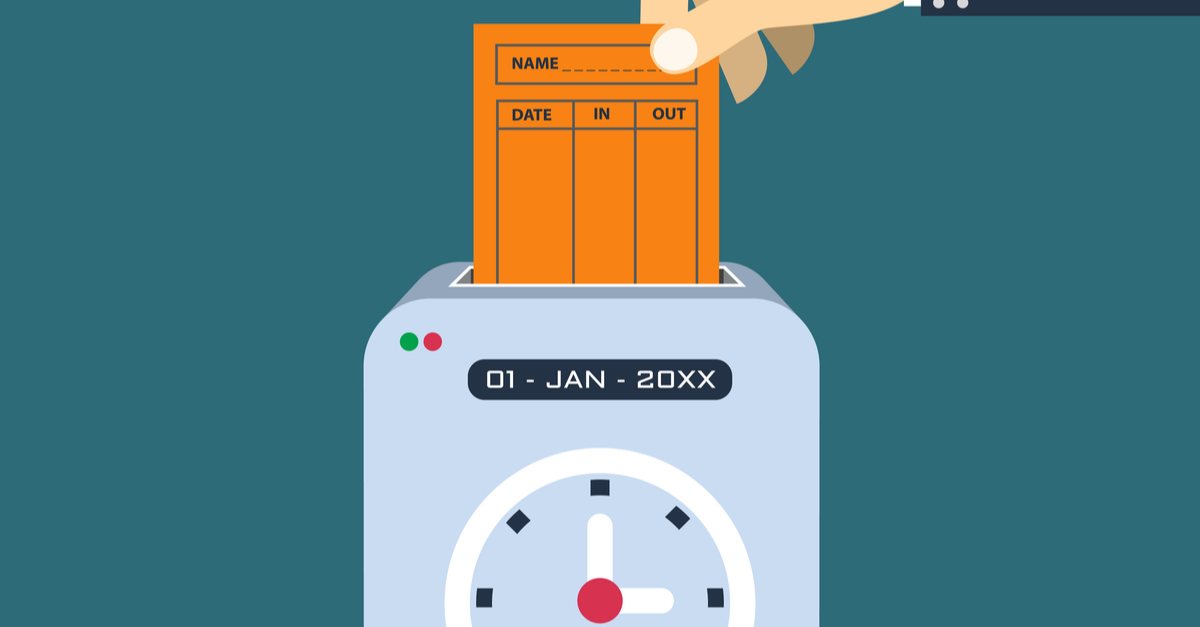A conversation earlier today made me realize that some buyers who haven’t spent much time in Chinese factories have some common misconceptions, including inaccuracies about a QC inspector’s man-day, or stories like: “Chinese production operators are forced to work 12 hours a day, in a case of modern slavery”, or “all metal factories do all the steps from casting/forging to surface treatments and all the way to assembly and packing”, and so on.
Another misconception is that a good inspector will spend 8-10 hours working at the factory. This is what I want to debunk in this article.
What is a man-day?
A man-day is a measure of working time. 1 man-day means the work takes 1 person 1 day. When a technician or auditor goes to a site and can’t easily cover several sites in 1 day, his time is usually billed on the basis of the number of man-days spent on a project.
10 man-days might be 1 person working for 10 days, 5 people working for 2 days, and so on.
A typical man-day for a quality inspector will consist of up to around 6 hours of inspections. Longer than this and fatigue may affect results. Travel time and admin tasks will also factor into the work done by quality inspectors in 1 man-day.
Reality 1: The inspector doesn’t live next to the factory
No company in China has a network of inspectors within 30 min of every manufacturing facility. There are times when the factory closest to an inspector is still 2 hours away. A round trip takes 4 hours.
The high-speed rail (gaotie) network has made many trips shorter, but it doesn’t connect all cities. Taking inter-city buses is still common. And the mass of people there often causes congestion. Just getting to the high-speed rail station, dealing with traffic and crowds, sometimes takes longer than the actual trip. We can’t avoid this by parachuting onto the factory grounds.
And, if your factory is a bit inland and 3 hours away from the closest major city, the round-trip alone might take an entire day. Factory areas can have an even worse infrastructure (more people still on motorbikes, bike roads, and entrances not marked).
We invoice only 50% of a day spent only on travelling, but it ends up in the cost nonetheless. It is not a rare occurrence.
Reality 2: The inspector doesn’t just show up and inspect — there are other tasks in his/her workday
Before going in an inspection, he/she needs to study the client’s documents, in case it is a one-shot job. It is unnecessary for regular, high-volume clients because the staff gets specific training, but that’s not feasible for all clients.
When he shows up, he doesn’t walk into the factory and directly open cartons. After that, he doesn’t start rapidly checking in a whirl of professional silence. Like any professional in any country, there are necessary introduction steps.
People don’t think about the counting & sampling process, for example. Doing it right takes time. And doing it wrong means the report can’t be trusted…
And what consumes a lot of time is putting the findings together in a way that is easy to understand. It usually can’t be done at the factory, where sales reps of quality technicians might not let the inspector work in good conditions. In some cases, the tone of discussions is downright aggressive, and there is no way to collect one’s thoughts. So, that’s about 1 hour of focused work to do outside the factory.
Reality 3: There is no way to keep working straight through lunch
Foreign buyers think, ‘what is the problem? When I am at the factory, we can order food in and plough through in the conference room.’
This might be possible sometimes, but usually, the factory reps want to have a break and they take their ‘guest’ outside for food.
If the factory personnel has a 90 min break (which is pretty much a minimum in China), they don’t want to be forced to ‘monitor’ a QC guy. They want their rest too! They aren’t going to allow the inspector to operate solo while the facility is officially closed.
Reality 4: Spending more than 6 hours in a day, more than 4 days in a row, on visual inspection is quite tiring
I have done it. After a few days of continuous work, around 4 pm, the eyes simply shut down. Defects are no longer obvious. That’s a very dangerous zone to be in. It is simply not possible to keep going and do a good job.
Overall, it means a good target is 5 productive hours in a day spent in a given factory. And, if the factory is hard to reach, that sometimes dwindles to 3-4 hours. The key is to take this into account at the time of quotation (and the decision of the sampling), otherwise, the job has to be rushed (and that might lead to non-detection of serious issues, which is much, much more expensive than paying for a 2nd man-day of QC work).
A good quality control partner knows what to look for. It’s not the “more hours spent, the merrier”. It’s all about using time effectively and knowing the key points to look for.
Note: if an inspector is stationed there for days at a time, it is different for several reasons. He might stay in a hotel just next to the factory. He might spend some of his day patrolling along the fabrication/assembly stations (less tiring on the eyes). He is already trained and knows what to focus on. That’s a different story.
Why not just charge X% of the order value instead of per man-day?
Two orders may be the same value but may call for a very different amount of quality control work. The commercial value is pretty much disconnected from the amount of work.
Let us explain, with 3 examples:
- Order A: only 1 type of product, 30,000 pcs, which only require 2 assembly steps and simple packaging, from a factory that has been making that exact type of product for years. A 1-man-day inspection is sufficient, at the end of packing.
- Order B: 8 types of products, total 30,000 pcs, coming from 3 different factories that are in different provinces. That’s probably 3 man-days of work, at least.
- Order C: a new electronic product that is made for the first time. You might need inspections are various points – in each of the 3 pilot runs, at the start of mass production, mid-way through the first order, and before shipment. That’s a lot of extra man-days.
Is there a way around this?
What many buyers do is, tell their QA agency “the maximum product inspection budget is X for this order”, then the agency takes that into account and adjust the variables on their end (the inspection level, the number of pieces to measure/test, whether they check packing in detail, whether to pick samples from all SKUs vs. only some random SKUs…).
Quality Assurance Policy For Importers In China [Webinar]
What is the 80/20 rule when it comes to QC in China? The answer is building a strong quality assurance policy of your own.
In this webinar, we’re going to explore key challenges facing importers from China, and the elements that compose a really solid, effective quality assurance policy.
Improving your quality assurance will help avoid poor quality products from hurting your business. Hit the button below to register to watch the webinar!


